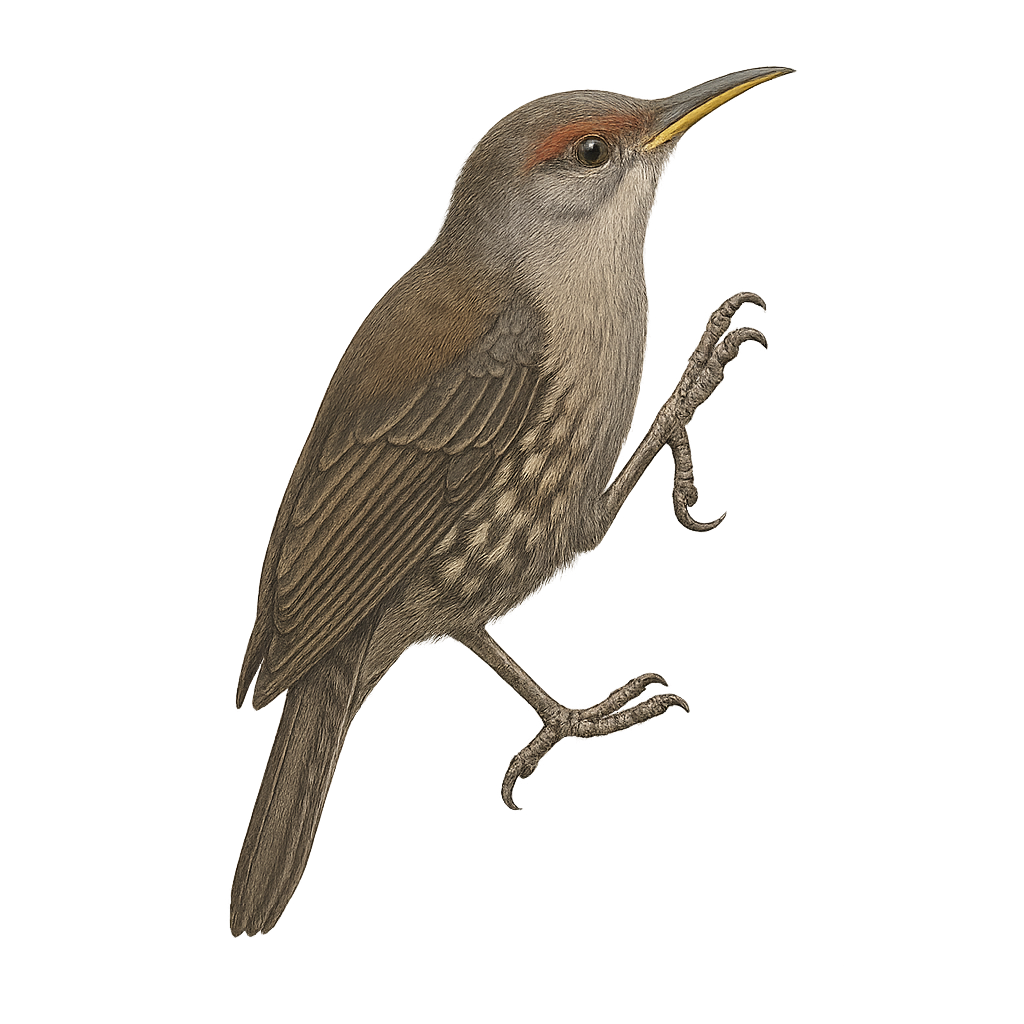Your wildlife photography guide.
Explore the red-browed treecreeper in detail, study its behavior, prepare your shots.
Where to observe and photograph the red-browed treecreeper in the wild
Learn where and when to spot the red-browed treecreeper in the wild, how to identify the species based on distinctive features, and what natural environments it inhabits. The WildlifePhotographer app offers tailored photography tips that reflect the red-browed treecreeper’s behavior, helping you capture better wildlife images. Explore the full species profile for key information including description, habitat, active periods, and approach techniques.
Red-browed Treecreeper
Scientific name: Climacteris erythrops

IUCN Status: Least Concern
Family: CLIMACTERIDAE
Group: Birds
Sensitivity to human approach: Suspicious
Minimum approach distance: 10 m
Courtship display: August to November
Incubation: 19-21 jours
Hatchings: August to December
Habitat:
Eucalyptus forests, open woodlands
Activity period :
Primarily active during the day, with peak activity in the morning and late afternoon.
Identification and description:
The Red-browed Treecreeper, or Climacteris erythrops, is a bird endemic to Australia, primarily found in eucalyptus forests. It is recognized by its reddish-brown plumage and distinctive red eyebrows. Measuring about 17 cm, it is often seen climbing tree trunks in search of insects and spiders. Its song is a melodious trill, often heard at dusk. Although discreet, it is sometimes observed in small family groups. Its ability to blend into its environment makes it difficult to spot, but its curious behavior and distinctive song are valuable clues for attentive observers.
Recommended lens:
400 mm – adjust based on distance, desired framing (portrait or habitat), and approach conditions.
Photography tips:
To photograph the Red-browed Treecreeper, focus on eucalyptus forests where it is most active. Use a telephoto lens of 400 mm or more to capture details without disturbing the bird. Be patient and attentive to its distinctive song to locate it. Prefer early morning or dusk hours to benefit from soft, natural light. Stay discreet and avoid sudden movements to prevent scaring it away.
The WildlifePhotographer App is coming soon!
Be the first to explore the best nature spots, track rutting seasons, log your observations, and observe more wildlife.
Already 1 430 wildlife lovers subscribed worldwide

